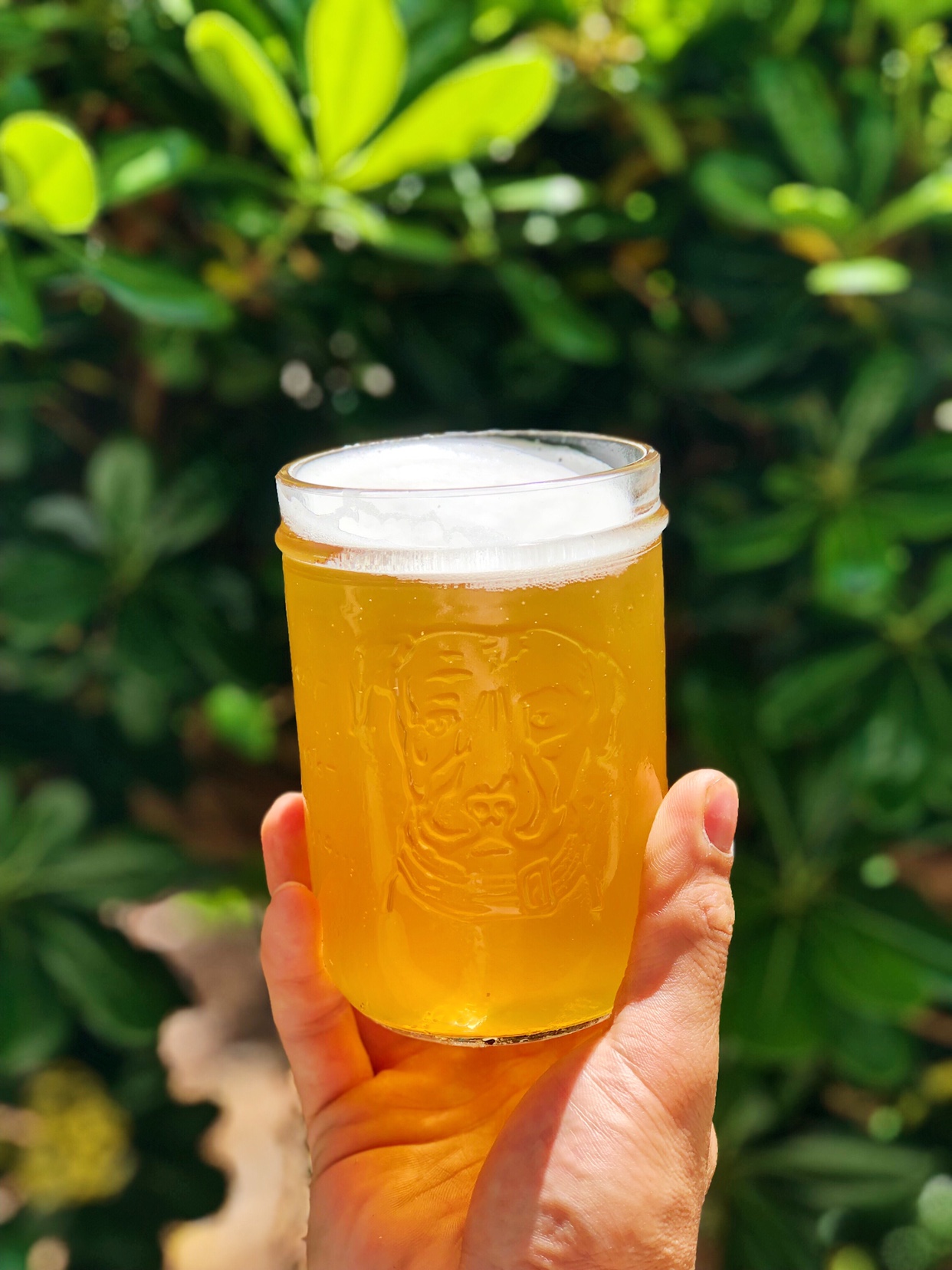The ale looks nice...As the other brewers recommend, closed transfer and purging kegs with CO2 are the way to go.
Oxidation begins during the hour long high temperature rest when malt is added into hot water that is sloshed into a tun. It doesn't cause too many issues because homebrew is pounded down before the negative impact occurs. Bringing the temperature of boiling wort below 140F, rapidly, helps a little with lessening oxidation. My system uses a B&G air eliminator piped in the main water feed for the brewery and the steam boiler. It removes some air but being water there's oxygen in it. I use the decoction method which helps de-aerate the mash when it is boiling.
Kegging is the way to go, it makes a better conditioning tank than a bottle does. A keg is safer than a bottle because it has a relief valve, the same as a conditioning tank. Pressure can be easily monitored in a keg. The beer can settle in one keg and then transferred into another keg for conditioning and naturally carbonating.
NEIPA might be a sensitive beer due to excessive amounts of protein and Beta Glucan carried over into the bottle. When the by-products drop out, the beer changes character. The off flavors caused by the brewing procedure pop up and hop character diminishes as the beer clears. Large amounts of hops are used to make up for it.
If NEIPA is dry hopped issues with staling and oxidation will occur. Use a Randall instead of dry hopping.
Try six row malt, it's high protein malt and it imparts bright yellow haze and it's high in diastatic power. Buy some malt with high, fibrous Beta Glucan content and add it to the six row to ensure Beta Glucan is carried over to add chewy texture. (Beta Glucan content is listed on the spec sheet that comes with malt. If it isn't listed email the maltster for the info before buying the malt, ask for Kolbach, SNR, percentage of protein and pH, too.) To crank up ABV add some low protein Marris Otter (Baird 1823, the lower the protein the higher the sugar content) and soak everything at 150F until all the starch has liquefied. During saccharification Alpha releases more highly fermenting glucose and less sweet tasting, nonfermenting types of sugar from amylose at 150F. Since, conversion is skipped only primary fermentation is required. The beer will need priming sugar or CO2 injection for carbonation. When conversion occurs secondary fermentation occurs and natural carbonation takes place during conditioning.


























































